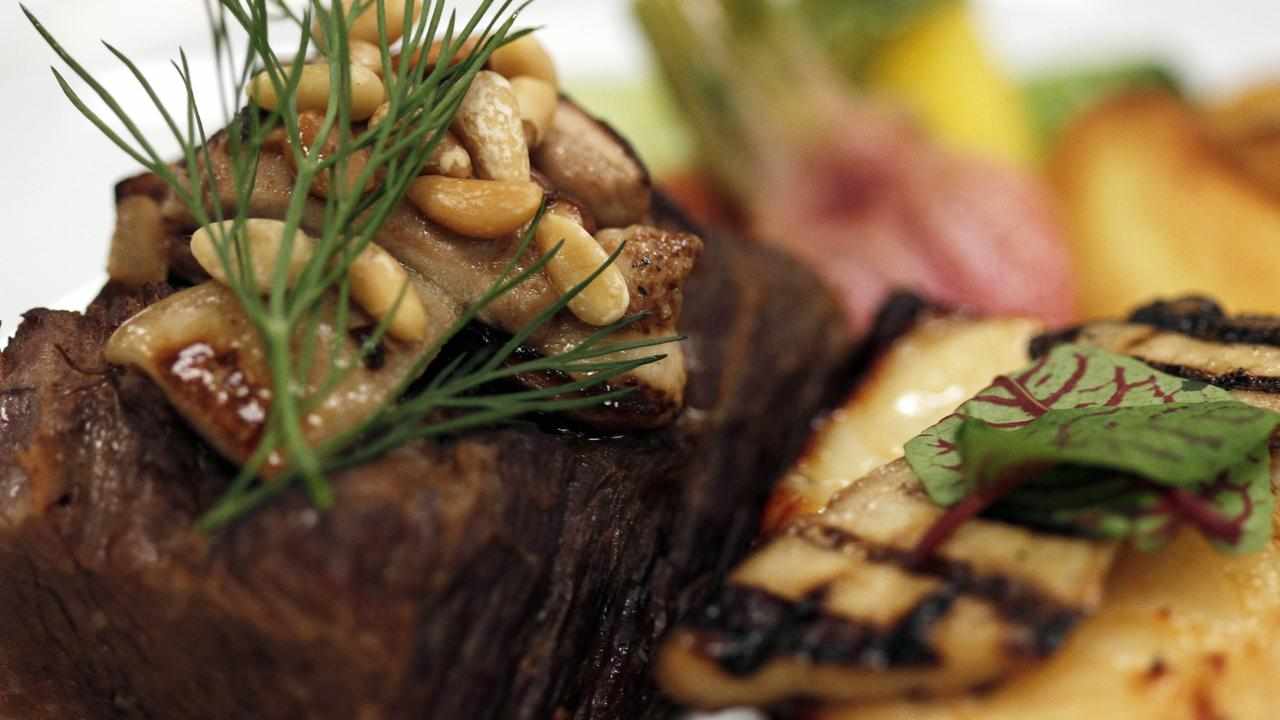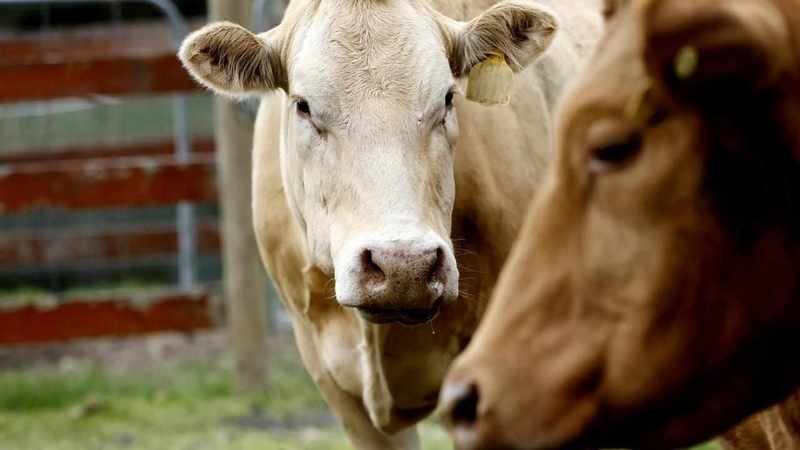Meat lovers hoping to see an end to high beef prices might have to get used to the already eye-watering cost of a mouth-watering steak.
Experts say the only way is up for saleyard prices over the next two years as farmers rebuild herds following drought. Although that might not necessarily mean things will get any worse for consumers, they aren't likely to improve either.
“When you hold back females because you're trying to build the herd it means even less meat in the pipeline and therefore prices move even higher,” says Simon Quilty from market analytics firm Global AgriTrends.
“I'm of the opinion that within two years cattle prices will be double what they are today.”
Analysts at ABARES, the economics research division of the federal agriculture department, forecasts prices will rise about 24 per cent in 2024/25, followed by similar increases the following year.
While not by as much, live lamb prices are also set to rise.
Yet it's not all bad news, with consumers unlikely to bear the additional brunt.

Mr Quilty says supermarkets will shoulder most of the increase because they’re already charging premium prices in anticipation of market changes.
“People say consumers won't be able to pay for the lifting cattle prices … My answer to that is bullsh***. They're already paying it today, they just don't realise it,” he says.
He predicts retail prices will remain steady, with a mild increase possible over the next two to three years.
Red meat marketing body Meat and Livestock Australia says that historically, it takes about eight months for cattle and sheep prices to filter through to the supermarket shelf.
Tim Ryan from the Australian Meat Industry Council, which represents butchers and meat processors, warns livestock prices can be difficult to predict due to uncertainties about the weather and export markets.
However, he says retailers plan ahead to limit volatility.
“They don't want to suddenly change price on the consumers all the time. They want to give them a level of certainty,” he says.

Coles and Woolworths have reduced what they're charging for a selection of meat products this year.
However Nationals leader David Littleproud MP says the retail giants should be doing more to narrow the gap between what farmers are paid for their animals and what consumers shell out for meat at the checkout.
The Queensland MP, who worked as an agribusiness banker before being elected to parliament in 2016, claims lamb and cattle prices have plummeted since 2022, yet “families at the supermarkets have barely noticed a difference in prices”.
MLA data shows that between January 2022 and January 2024, the sale yard price of a heavy steer, young male cattle that typically ends up as beef on the supermarket shelf, halved from about $4.30 per kilo to $2.15 per kilo.
The saleyard price of a lamb fell from about $8 per kilo to $6 per kilo over the same period.
According to the MLA, supermarket beef prices rose about five per cent over the same period, while lamb prices remained steady.
Saleyard cattle and lamb prices began to rebound in the first quarter of 2024 but are still far off their late-2021 highs.
Multiple domestic and international factors influence livestock prices.
Seasonal weather has a major influence on farmers' decisions about how many animals to keep or sell in a single year.
Harsh conditions like droughts incentivise them to offload livestock, including sending more animals to slaughter. When droughts occur across a large geographical area, increased meat supplies put downward pressure on prices.
Conversely, farmers want to restock their fields when conditions are expected to improve. This boosts demand for live animals, particularly breeding stock, and pushes prices back up.
Beef and lamb prices are also dependent on export demand, which accounts for around 70 per cent of Australian beef production and 60 per cent of Australian lamb.
Industry figures also say labour shortages at Australian meat processing facilities since COVID-19 caused a supply bottleneck that distorted the market.

“Number one priority when I speak to our members is people, and a key component of that is the overseas workforce,” Mr Ryan says.
“So programs like the PALM scheme (for Pacific islanders) have become incredibly important to processing centres to keep those plants operating.”
The government announced in January that the Australian Competition and Consumer Commission (ACCC) will conduct an inquiry into supermarket prices, including examining the gap between farmgate and retail prices.
An ACCC inquiry into meat prices in 2006 found the price of a live steer accounted for 53 per cent of the retail price of beef.
Processing costs such as killing, boning and refrigerating a steer comprised 14 per cent of the price consumers paid.
Retailing costs, such as packaging, advertising and selling, accounted for about 30 per cent of the final shelf price.
Coles says the price of its meat is not determined solely by the market price of livestock but also supply chain costs like transport, processing, packaging and selling.
“We know cost of living is front of mind for many Australians and we are committed to providing high-quality meat at lower prices,” a Coles spokeswoman told AAP.









